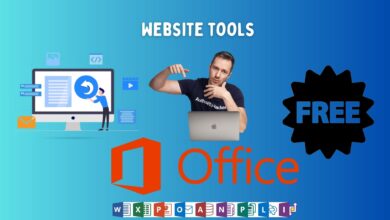Best website builder tools and platforms for your idea – SitePoint
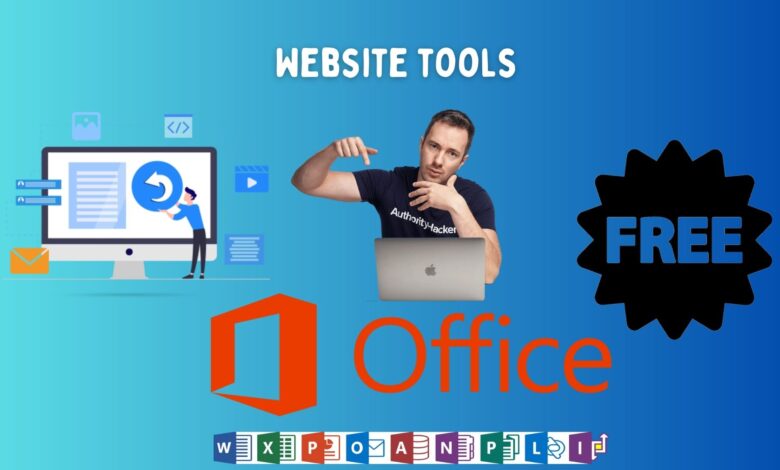
So you want to create an online business? Welcome to the club! The freedom to release your own content or products for anyone in the world to access is liberating. Your website can lead to fame and fortune… But where do you start? This article lists the best website builders and website platforms for your first site idea, organized by use case.
It’s tempting to dive right in. That’s a great option if you’re experimenting or learning to code. Whether you’re thinking of becoming a content writer, product developer, or business entrepreneur, a little planning goes a long way. Here are some important questions:
- Why do you want to do this?
- Who is your target audience?
- How are you trying to help them?
- Who is providing the same service?
- What are your competitor’s weaknesses?
Finding your niche can be difficult, and it can develop over time, but having a general guide will help define your goals. Deciding on design, content and features will be much easier.
The next question is. What do you plan to do? …
So you need a website builder to test out an idea?
Want to sell collars for obese pets using Bitcoin? Maybe you want to educate your readers about tapir taxidermy?
You can assess demand before the product is ready without spending a lot of time, money and effort. Social media and discussion groups will help, but a landing page builder and relevant marketing campaign will ensure interest in your idea.
pull out It’s a great landing page creation tool that serves over 15,000 brands. The service creates measurable marketing campaigns to evaluate your product and features before building them.
The builder tool is easy to use and over 100 attractive templates are available to customize with drag and drop. Landing pages can be built in minutes without any development knowledge, but if you want something more complicated, you can add your own CSS styles and JavaScript functionality. Completed pages can be published directly to your domain or WordPress site.
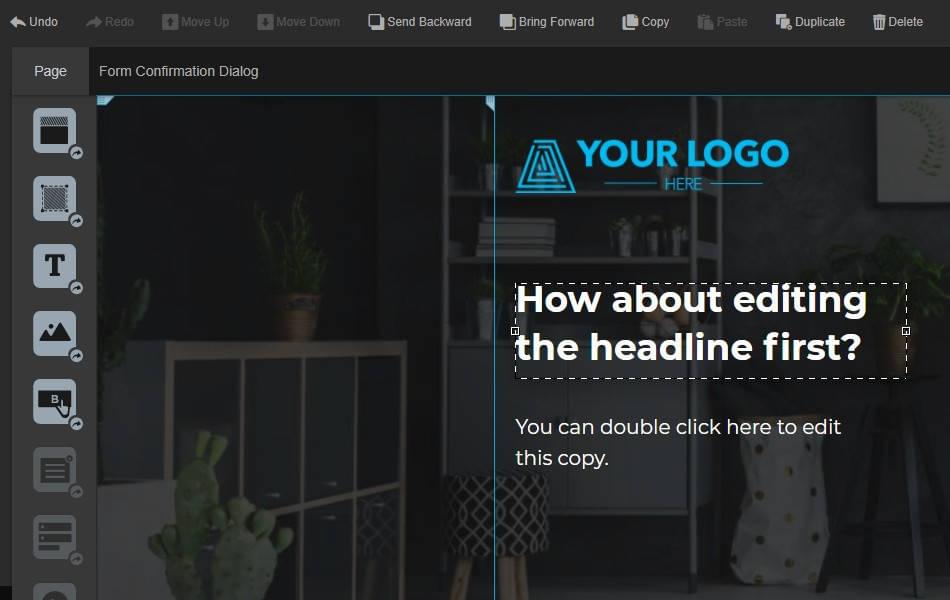
Unbounce is a comprehensive solution that offers support, training, and statistical reports, and offers a free trial with plans starting at $72 per month.
These are some similar options:
- Install Offers A/B testing with plans starting at $149 per month.
- Leading pages $27 per month includes unlimited traffic.
- Hubspot landing pages It comes with email marketing options for $45 per month.
So you want to create a brochure site?
Following the success of your landing page, potential customers will be clamoring for more information about your amazing product.
A web builder app can get your site up and running with a custom domain in a matter of hours. Design flair and a little web technology knowledge helps, but most applications can be used by eager business owners to create a professional-looking site.
Web developers typically include a selection of responsive templates, visual drag-and-drop editing, coding, hosting, support, marketing tools, e-commerce options, usage analysis, and asset management (fonts, images, videos, and so on). .
It is one of the best. Web flow. It includes an advanced design tool, content management system, e-commerce integration and SEO services. You can get started for free, but additional features are available for $12 per month. Page Designer is easy to learn but flexible as your knowledge and requirements grow. The scalable hosting platform serves 4.1 billion page views per month.
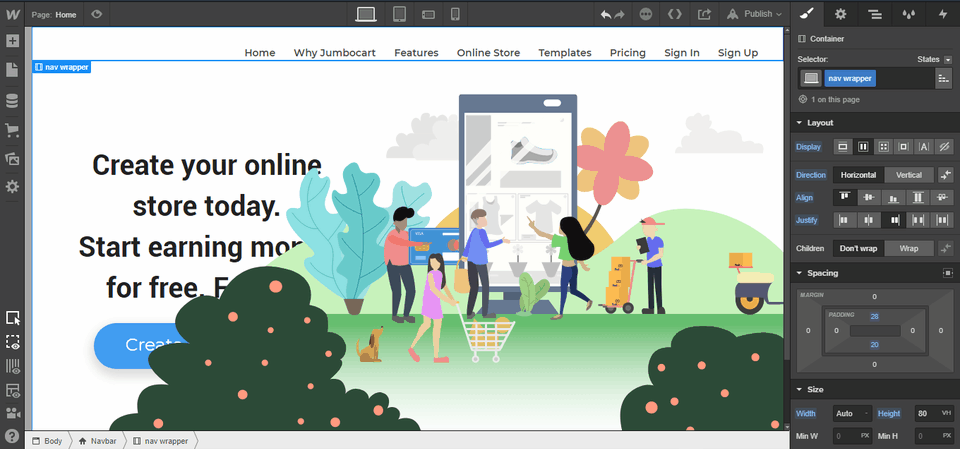
Alternative options include:
- Wix It is a popular and powerful editor with 500 template designs and intuitive customization. Basic plans start at a few dollars a month, but you can upgrade for more features.
- Square space Provides scandal getting started Process, high quality templates, search engine optimization, scheduling, analytics and customer profiling. Plans start at $12 per month.
- crying It offers a lot of simplicity, so it’s perfect for beginners, offering plenty of templates and a free plan, but not the range of options a more advanced user might want.
- Tilda printing It has a block editor with over 200 templates. Free plans are available.
So you want to start a blog?
Writing articles will promote your products, increase interest and build Google juice. There is one obvious option: WordPress.
WordPress is a content management system (CMS) with power More than 40% of the web. It’s easy to use, and help is plentiful. (Fun fact: Matt Mullenweg, founder of WordPress, took His first steps to PHP and MySQL with SitePoint.)
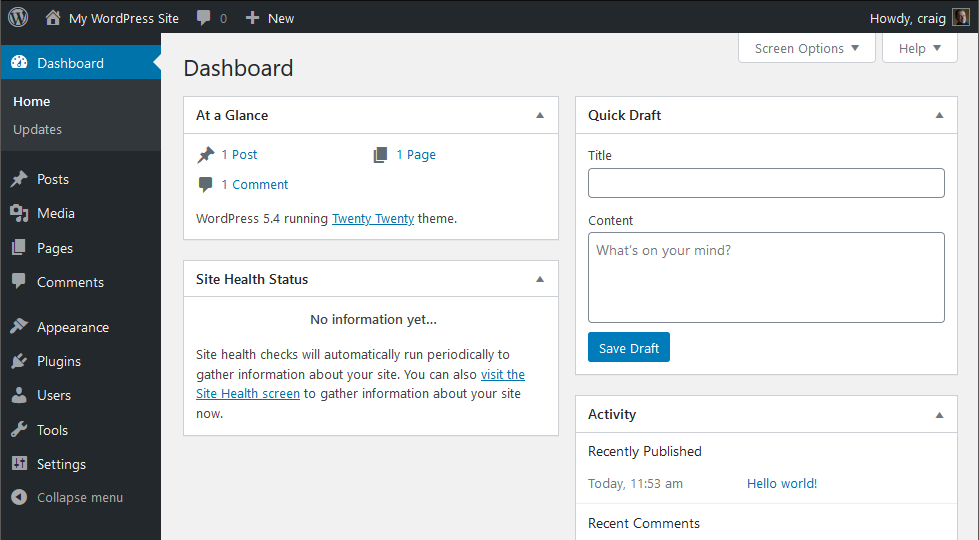
You can get started with a free, pre-installed option. WordPress.comThen upgrade to access features like custom themes and plugins for a few dollars a month.
Alternatively, you can download the app from WordPress.org And install it on any host that provides PHP and MySQL support. (Many offer a one-click installation process.) Hosting fees may vary and may require some development assistance, but you can configure the application however you choose.
WordPress started out as a blogging platform, but it’s far from its roots. You can find themes and plugins to enable e-commerce, membership subscriptions, social media, newsletters, event calendars, booking systems, form builders, image galleries, video hosting, forums, design templates and more.
Despite its dominance, there are alternative blogging options.
- Spirit It’s a web publishing system that offers out-of-the-box support for memberships, subscriptions, and email publishing. Ghost is open source, but managed hosting provided by Ghost starts at $9 per month.
- Iomla, Drupal And CMS craft Similar are PHP and MySQL CMS applications.
- Forums like Medium And HubPages They are author communities that offer monetization programs for popular content.
- Blogger.com It was one of the first blogging platforms. It’s free and you can earn money from posts.
So you want to start an online store with an e-commerce website builder?
Most of the above web building platforms offer e-commerce tools or plugins. These are fine for a few products, but a standalone online marketing system can provide a more focused e-commerce service. This is more applicable when selling a wide range of products.
Advanced ecommerce features often include inventory management, sales systems, shipping processes, account integration, international currencies, fraud protection, sales tax reporting, and more.
The most popular online solution is Shopify, which serves more than half a million merchants. The system is easy to configure with various eCommerce, branding and marketing tools. Shopify can host your store or you can embed it into an existing website.

Shopify also has a rich. App store Where developers provide free and commercial themes and plugins. Plans start at $29 per month, with additional fees of around 3% per transaction.
There are many more e-commerce options including these.
- Snipcart It charges 2% per transaction in addition to Stripe, PayPal, Braintree or any other fees Payment gateways.
- Inspection page It uses Iframe and charges 5% per transaction plus Stripe processing fees.
- Selfish It has plans from $19 per month.
- Voice It offers plans from $29 per month.
- PinnacleCart It has plans from $80 per month.
Alternatively, you can install, host, manage and maintain one of the many open source e-commerce applications. PHP options include: Open Cart, PrestaShopAnd MagentoBut be aware that some development knowledge is necessary for installation and configuration.
So you want to sell digital products?
Most e-commerce solutions contain digital products. However, a few services focus on subscriptions, e-books, courses, artwork, music and video. They often include quick setup, store pages, newsletters, file hosting, video forums, license generation, fast delivery, affiliate links, sales tax calculations, and more.
Gumroad It is the most famous and the most popular operator. It’s easy to get started, integrates easily with your own site, can be served from your own domain, handles transactions and global sales taxes, and promotes items in its own store.
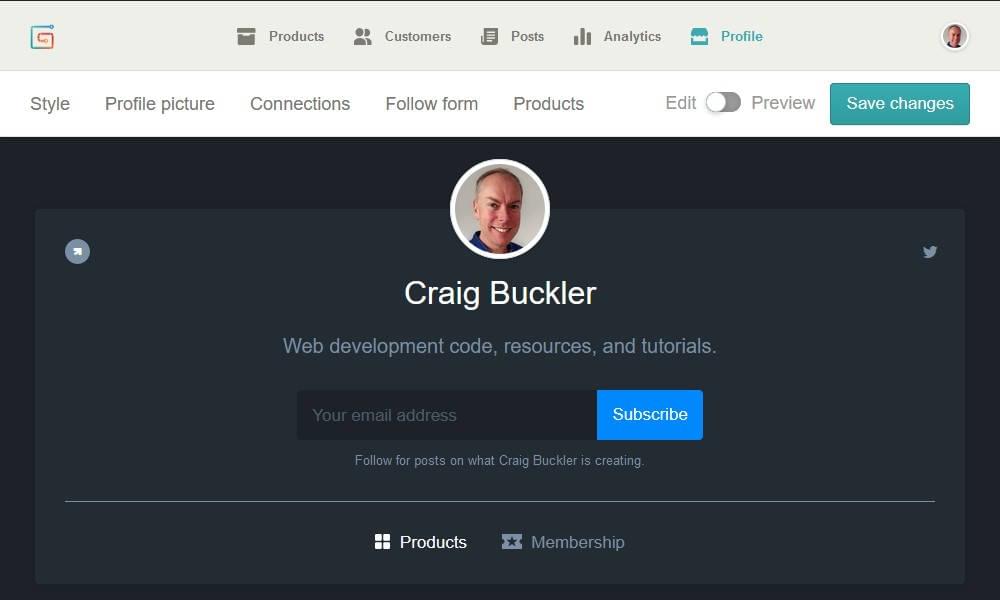
Gumroad charges a credit card or PayPal fee of 5% per transaction. The Creator plan allows for custom styling, high-definition video hosting, and reduces transaction fees to zero for $10 per month.
Here are some options:
- Dragging Plans start at $6 per month for 100MB of product storage. There are no transaction fees other than PayPal fees.
- Leanpub It focuses on e-books and courses, handles promotion, and charges a flat fee of 20% per sale.
So you want to create an app without code?
Building an application from scratch is a slow and expensive process for non-developers. You have to describe your idea, pass it on to the development team, wait for it to be completed, test the product, then revise and repeat until your dream comes true.
No-code (or low-code) platforms are designed for non-programmers. Instead of a traditional development environment, you can create software with graphical user interfaces. Spreadsheet software (such as Excel, Google Sheets, and LibreOffice Calc) was one of the earliest examples, and the concepts are still popular today. Modern no-code apps offer a visual drag-and-drop interface that lets you create an interactive website or application in minutes.
Bubble.io is a popular no-code platform used by nearly a million people. It includes a comprehensive build tool where you can customize the interface, connect to data sources, integrate with other services, and scale your app on demand.
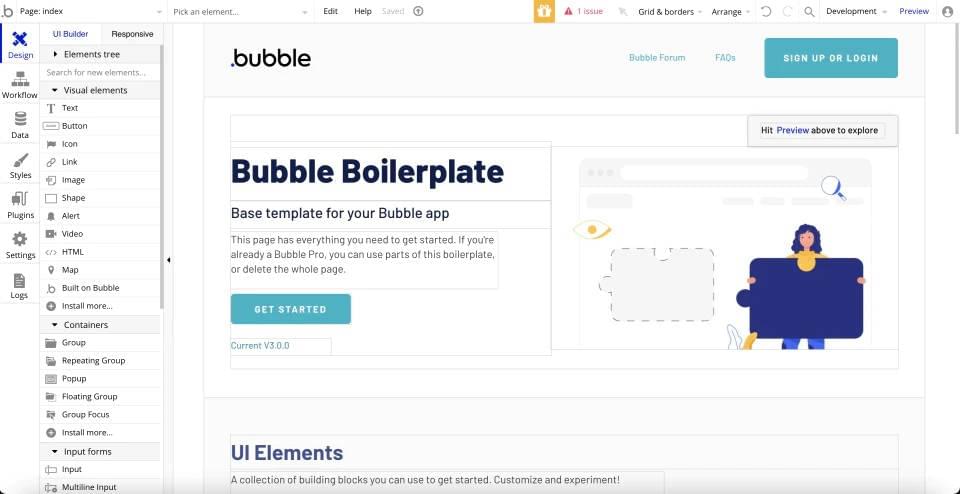
Bubble.io offers dedicated support and up to 40 collaborators can work on the same project. The service offers a free plan with advanced options starting at $25 per month.
Alternative no-code platforms:
- Ventilation It is a spreadsheet-database hybrid that provides automation and synchronization with other tools. A free plan with additional features is available for $10 per month.
- Google Cloud AppSheet It provides a data-driven solution that uses machine learning to build applications. Plans start at $5 per month.
Bring Your Own Website Builder So you want to code your own website?
The above solutions can achieve 90% of your goals, but there are always known features when there is no off-the-shelf solution. Or maybe you want more control and less cost?
Learning to write software is a practical skill you can take to any industry. Once you’ve sold your business for a few billion, you’ll have much-needed knowledge for future use on your own or other client projects.
If you are starting from scratch, my advice is to take it easy and progress at your own pace. Learn some HTML and create basic content pages. Accessorize by adding a little color and style with CSS. Then sprinkle in some JavaScript functionality when needed.
A little PHP knowledge can help you update WordPress themes. You can consider using a static site generator. These are developer tools for building sites from templates that can be hosted anywhere. You can learn more about the advantages and disadvantages of a static site generator. Popular options include Eleven, Gatsby, Hugo, Jekyll and Metalsmith, but StaticGen Site lists language-specific tools. By combining it with a headless CMS, you can get the benefits of SSGs without sacrificing content management tools. For example, you can use Eleven with Headless WordPress.
There’s one obvious place to start your coding journey, and you’re already here. SitePoint has been around since the dawn of the web. It offers a variety of free content (like tutorials) and a large selection of premium courses and books for those who want to learn how to code, design, and build products online.
There are many other coding help sites, but not as good. It’s obvious..
What are you waiting for?!
There are many services for creating, managing and hosting your first website. The best advice to avoid choice paralysis? Just start. There’s no guarantee you’ll choose the ideal option, but the process of building your new site will help determine which objectives and features are important to your business proposition.
Good luck, and please remember us when you make your first million!
We offer you some site tools and assistance to get the best result in daily life by taking advantage of simple experiences
